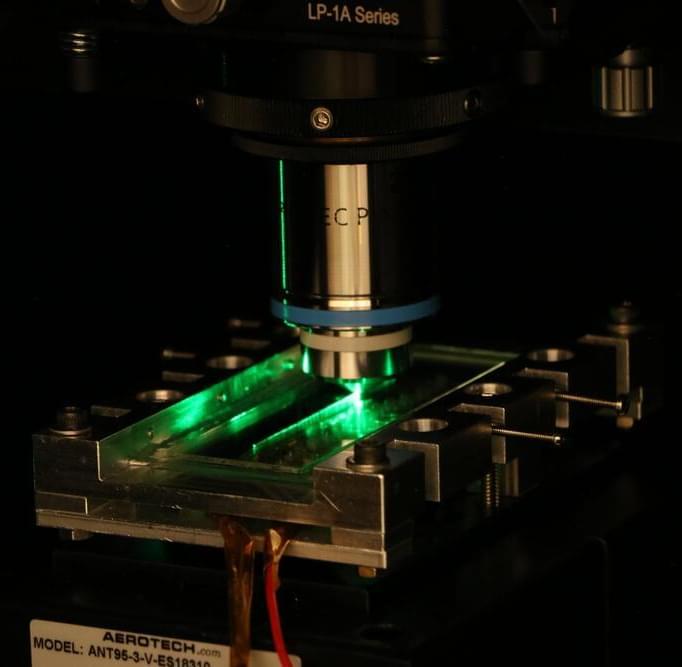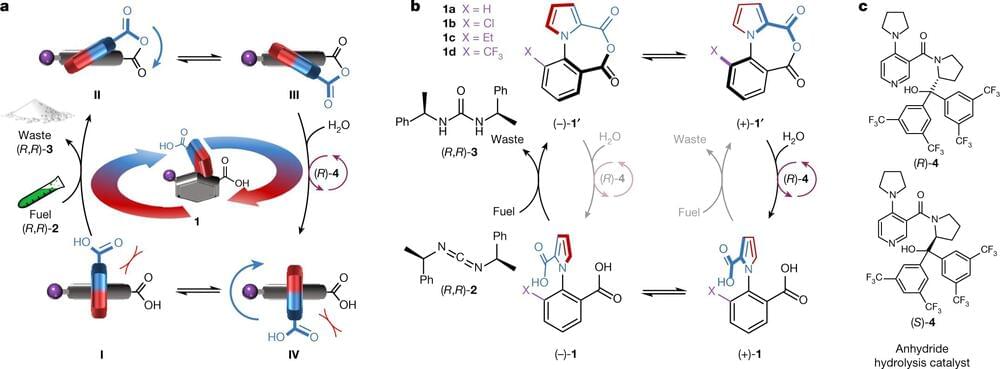Apr 21, 2022
Sapphire fiber could enable cleaner energy and air-travel
Posted by Jamal Simpson in categories: electronics, energy
Oxford University researchers have developed a sensor made of sapphire fiber that can tolerate extreme temperatures, with the potential to enable significant improvements in efficiency and emission reduction in aerospace and power generation.
The work, published in the journal Optics Express, uses a sapphire optical fiber —a thread of industrially grown sapphire less than half a millimeter thick—which can withstand temperatures over 2000°C. When light is injected onto one end of the sapphire fiber, some is reflected back from a point along the fiber which has been modified to be sensitive to temperature (known as a Bragg grating). The wavelength (color) of this reflected light is a measure of the temperature at that point.
The research resolves a 20-year-old problem with existing sensors—while the sapphire fiber seems very thin, in comparison to the wavelength of light it is huge. This means that the light can take many different paths along the sapphire fiber, which results in many different wavelengths being reflected at once. The researchers overcame this problem by writing a channel along the length of the fiber, such that the light is contained within a tiny cross-section, one-hundredth of a millimeter in diameter. With this approach, they were able to make a sensor that predominantly reflects a single wavelength of light.

















